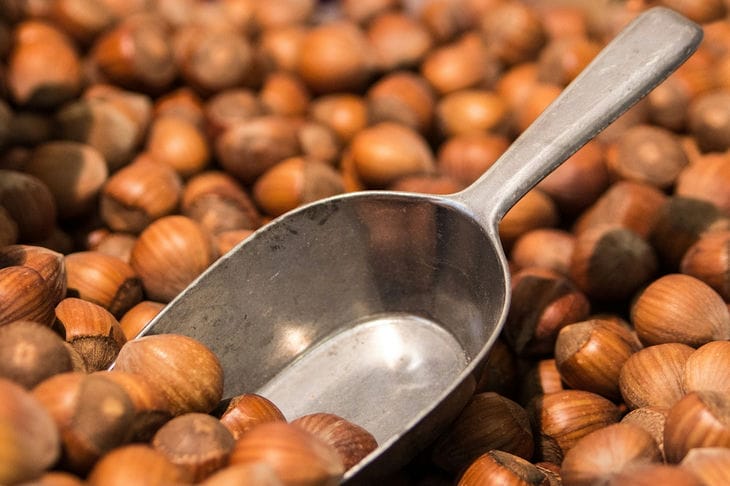Which nuts are healthier - raw or roasted. Which ones can't be eaten raw
Nuts are high in calories, rich in unsaturated fats, proteins, micro- and macroelements, and vitamins.
Most species do not require heat treatment, but are mostly eaten fried.
Why do we roast nuts?
The kernels are roasted in oil or dry-heated in the oven. Roasting gives the fruits a more appetizing taste and aroma, and a golden hue.
Cooked nuts are easy to peel and become temptingly crunchy, making them hard to tear yourself away from. But it's not just about taste: roasting destroys pathogenic microorganisms and increases shelf life.
The effect of roasting on beneficial properties
Heat treatment turns a living, healthy product into a semi-poisonous mass, which leads to slagging and intoxication.

During the process, the chemical composition inevitably changes: water evaporates, the concentration of vitamins decreases, and carcinogens are formed.
We recommend reducing the cooking time and temperature.
Loss of micronutrients
Nuts contain a wide range of minerals. When fried without oil, minerals are least susceptible to loss. The concentration decreases during cooking, when microelements pass into the broth.
Heat treatment destroys amino acids (cystine, lysine, tryptophan) and water-soluble vitamins.
The amount of nicotinic and ascorbic acids decreases. Nuts are the main source of vitamin B, necessary for the nervous system, which is also destroyed during roasting. Only fat-soluble vitamins are preserved, provided that the time and temperature conditions are observed.
Loss of nutrients
Thermolabile amino acids 2-7%
B vitamins 20-30%
-6-unsaturated fatty acids 20-40%
Oxidation of healthy fats
Nuts are valuable for their high content of linoleic acid. Omega-unsaturated fats change under the influence of high temperatures:
- decompose with the formation of smoke at temperatures above 180°;
- oxidize and polymerize, losing all their benefits.
Some of the nutrients are preserved at temperatures no higher than 150°. Enhanced heat treatment makes the kernels brown and bitter, turning them into a toxic product.
The emergence of harmful substances
When frying, the oils in the kernels become carcinogenic: they polymerize, turning into aldehydes, ketones. To reduce the harmful effects, carry out gentle processing, do not fry in oil.
Potential harm of raw nuts
Raw fruits are undoubtedly healthier than fried ones. The danger of a live product is the possible contamination with pathogenic microorganisms, the most harmless of which is E. coli. The most dangerous poison that can be contained in raw fruits is aflatoxin. It is produced by parasitic fungi that multiply on the surface of seeds. Most often found in peanuts.
There is a common belief that fruits are harder to digest when raw. If you are worried about this, it is enough to know that, like any seeds, nuts are fully digestible when raw, after preliminary soaking.
What types can't be eaten raw?
Cashew shells are poisonous and cause chemical burns. The toxin disintegrates during heat treatment, and the kernels become safe. It's a similar story with peanuts - the bean's allergens are concentrated in the brown skin. Heat treatment partially neutralizes the product. But who would eat peanuts in the shell?
So, raw kernels can be dangerous when:
- infection with fungus, mold;
- individual intolerance;
- allergies;
- exceeding the daily norm.
Previously, the expert reported on recovery from an abusive relationship .
